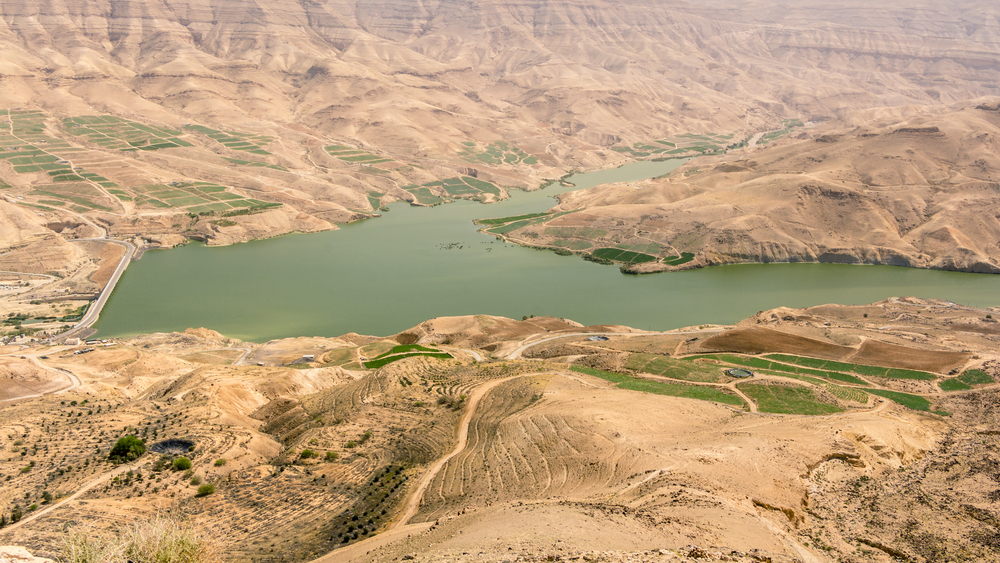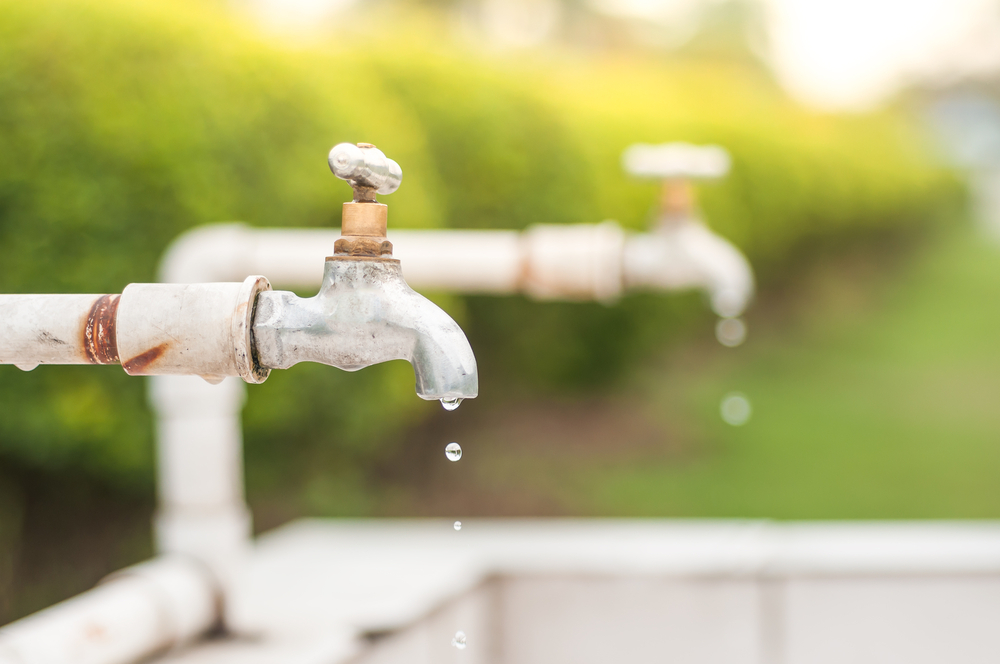Currently, the whole world is facing possible future water shortages. However, the water demand in the Middle East has soared greatly along with the rise in population and urbanisation. The geographic distribution of the water resources across the Middle East is highly uneven, which is also a concern. Over 80% of the region is desert and receives little or no rainfall at all. Recent occurrences of erratic rainfall and then prolonged drought periods have added a whole new dimension to the problem, most likely because of climate change.
The demand for fresh water in the Middle East has continued to increase at a rapid pace. In order to deal with fresh water management challenges in this region, we should try and bring a balance to both water supply and demand.
Ground water supplies
Lots of areas in the Middle East have a higher water demand compared to the natural recharge of groundwater reservoirs. Ground water quality has also deteriorated due to an influx of saline water from laterally surrounding areas, excessive use of fertilisers and local sewage.
With many countries approaching the limit of water resource development and others reeling under severe supply shortages, the problem of water scarcity is turning into a crisis. Industry experts are of the opinion that policy reforms are required to address demand issues, while addressing supply problems require practicing integrated water resource management.
Wastewater recycling
From an economic and environmental standpoint, wastewater reclamation and reuse makes good sense. It can reduce or eliminate health and environmental hazards associated with effluent discharges. At the same time, it generates an alternative resource and thereby prevents immediate investment in costly water supply schemes (storage, transfer or desalination plants).
Many private sector residential projects and townships too have set-up wastewater treatment plants, in some cases even with tertiary treatment. They may also have temperature sensors in place so that the water stays at the correct temperature during processing – those interested can learn more here about why this is so important. At the same time, to address the issue of low demand for treated wastewater, several alternative uses are being considered. Jordan and Tunisia’s experience in wastewater reuse suggests application of treated sewage effluent (TSE) for agriculture, forestry and ground water recharge.
Besides this, in the last few years the water demand for non drinking applications such as landscaping, golf courses, district cooling, construction work, etc… has gone up significantly, thereby providing alternative avenues for wastewater reuse. Initiatives are required on behalf of the local authorities to bring in the necessary changes in regulation, redraft guidelines and open up these areas for use of reclaimed wastewater.
Supply and demand
Over the last five decades, supply augmentation has been the central approach to deal with water scarcity. Countries with considerable surface water resources, such as Egypt, Lebanon, Syria and Morocco have focused on building water conveyance and storage structures.
Jordan’s Disi water conveyance project involves a 325-km pipeline being built through the Jordanian desert to Abu Alanda and Dabuk reservoirs. While in the present context, the importance of measures for water demand management and wastewater reclamation and reuse cannot be understated, these may not be sufficient to plug the demand-supply gap. Although Jordan has wastewater reuse rates as high as 80%, they have adopted highly efficient irrigation technologies (drip irrigation). Jordan’s Disi water conveyance project is one such attempt.
Water is the source of life and the most precious of commodities. You can help by giving to a water charity that gives access to water sanitation and saves lives. One of the biggest challenges that face areas suffering from poverty, famine or drought is the lack of access to clean water for drinking and sanitation purposes. Water is fundamental to life yet even today millions of people, particularly those living in third world countries, have little to no access to it.
*Disclosure: This is a sponsored post.


